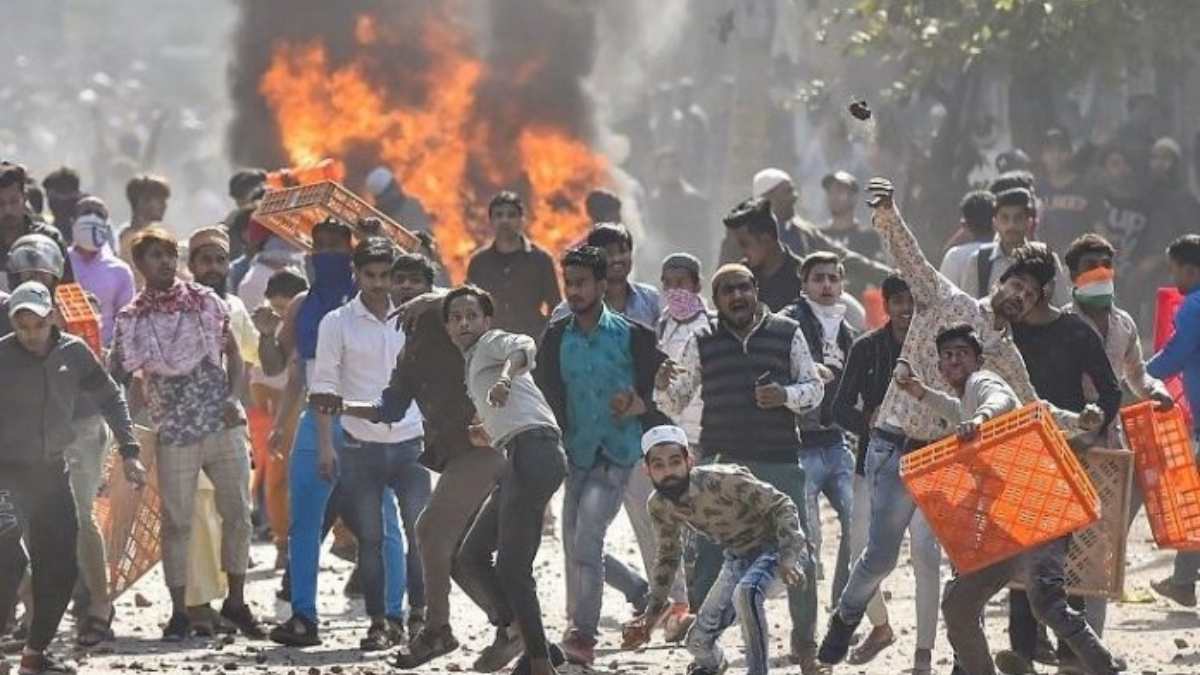


Delhi is considered to be one of the posh cosmopolitan cities of our country which would give any outsider the vibe that people here are all about looking good and eating well. This could very well be true for those in the Lutyens’ Zone and a substantial part of South Delhi. However, there is a large part of the city which has been kept away from popular culture — a part which has consistently seen extreme violence and communal strife.
Most of us have either read or heard about the mass violence and riots that took place in the aftermath of Prime Minister Indira Gandhi’s assassination. But this was not the only time that such mayhem had erupted in the national capital. Time and again, communal violence has reared its ugly head in Delhi, but the memory of these incidents quickly fade away as the epicentre of such violence is generally away from the bright lights of Connaught Place, Khan Market and Greater Kailash.
A few years ago, certain pockets of Trilokpuri witnessed large-scale violence and arson due to a dispute between two communities. But there was something different about the violence that broke out in February 2020, just weeks after the Delhi elections, which had taken place in the backdrop of protests against the Citizenship Amendment Act. Arterial roads had been blocked by Shaheen Bagh protesters which had led to massive jams and congestion in substantial areas of South Delhi all the way to Noida. Although several protesters made statements inviting the government to have a dialogue, in the same breath, they made it clear that they had no intention of moving till the Act was revoked. Several Opposition leaders jumped at the opportunity to attack the government and many known government baiters shared the stage to make it look as if the people of this country were coming together against an Act which did not affect any citizen of this country.
The However, the Chief Minister of Delhi was conspicuously silent throughout. He was probably advised that taking a clear stand could offend certain sections of the majority and jeopardise his re-election. But it was also necessary for him to show support for the protesters to get them to vote en bloc for his party. Therefore, a cunning strategy was devised wherein he himself dodged the issue in interviews while his subordinates came out in support of the protesters. As a result, the Deputy Chief Minister clearly stated that he firmly stood behind the protesters and the MLA from Okhla (which includes Shaheen Bagh) gave speeches indicating his party’s support. This move emboldened protesters in other parts of the city and also helped in the transfer of a substantial votebank to the Aam Aadmi party (AAP) which had earlier been with the Congress.
The move paid off and the AAP was re-elected to power in Delhi. The results also led the protesters to believe that they could now do anything as they had the tacit support of the newly elected government. Since the protest itself was losing sheen and the people of Delhi were also becoming highly frustrated with the chaos, it was time to up the ante and provoke the police. This led to the beginning of one of the bloodiest riots in Delhi in a long time.
Retaliatory violence soon ensued and the spin doctors started working overtime to portray as if the riots were spontaneous in nature. It was only later that videos surfaced showing AAP councillor Tahir Hussain controlling a mob from his terrace and targeting people in his locality. Petrol bombs and other arms were also recovered from his property but most importantly, the dead body of an Intelligence Bureau staffer Ankit Sharma was found near his house. Following this, the police arrested several people from both the communities who had indulged in violence but the AAP councillor decided to flee.
After absconding for a long time and playing the victim card through scripted videos shot possibly by the IT cell of his party, Hussain finally surrendered before the court. During interrogation, he confessed to mobilising people of his community to go on a rampage in North-East Delhi. The court also said that Tahir Hussain provoked his community to riot and that the riots took place in a “planned manner”, resulting from a “well-hatched conspiracy”.
Now there are certain questions which remain unanswered: Is it believable that the Chief Minister and his close aides were completely oblivious that his party councillor was indulging in mass violence? Can this massive conspiracy be buried by simply suggesting that some statements triggered the violence? Can the people of Delhi truly trust someone who has not made his stand clear either on the root cause of the violence or the CAA itself? These questions need to be answered if we are truly interested in preventing such violence taking place in the future.
The writer is Member of Parliament, East Delhi. The views expressed are personal.